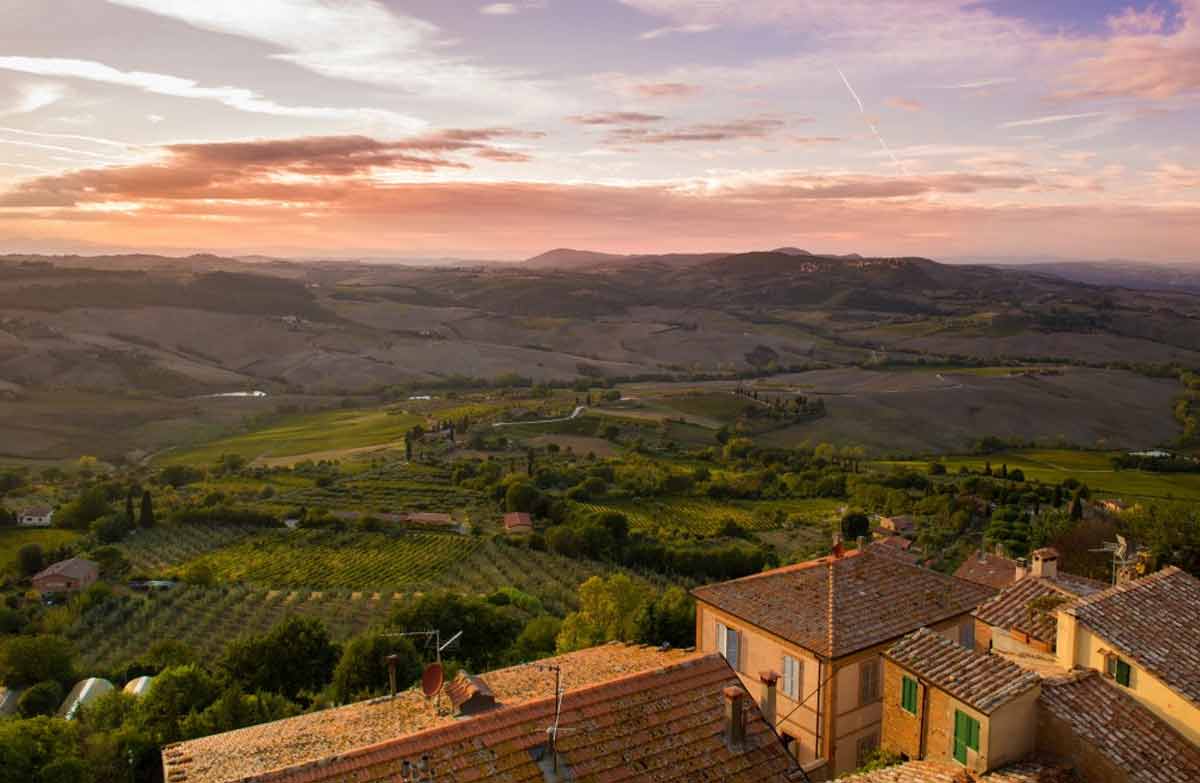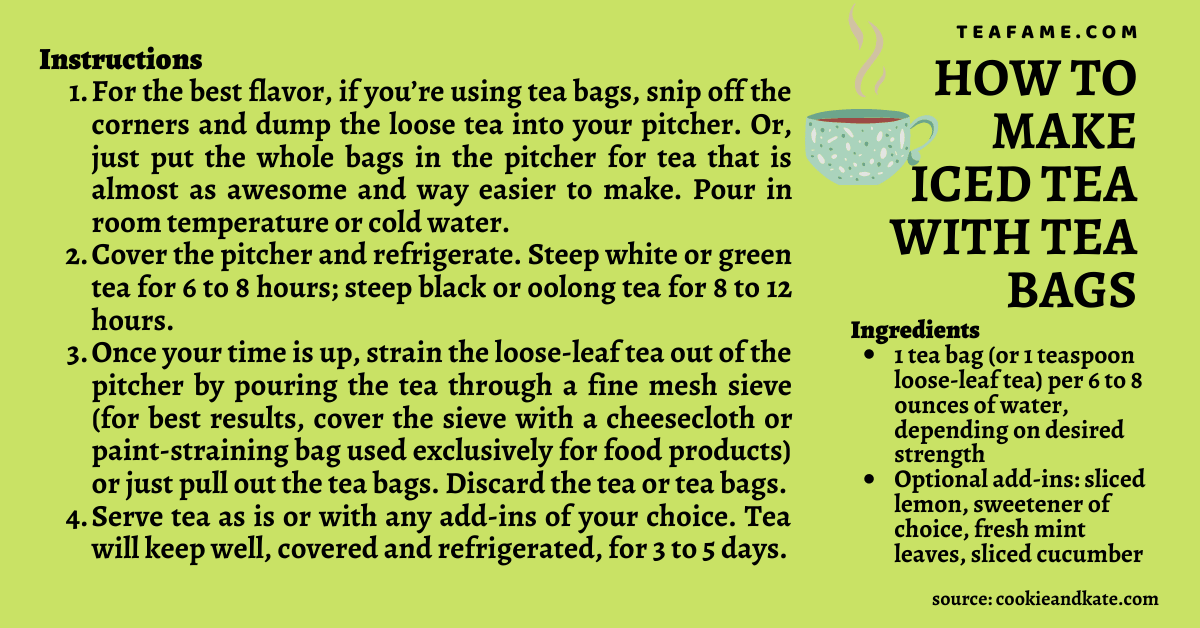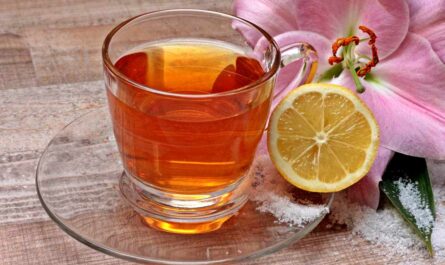Darjeeling tea vs Green tea: Comparison and differences. Ah, the gentle steam rising from a steaming cup, the delicate aroma wafting through the air, the first sip awakening your senses – the experience of savoring a cup of tea is truly a symphony for the soul. But within this seemingly simple beverage lies a world of intricate flavors and fascinating history, waiting to be explored. Today, we embark on a delightful journey, comparing two titans of the tea world: Darjeeling and green tea.
Whether you’re a seasoned tea connoisseur or a curious newcomer, this article is your compass. We’ll delve into their unique origins, unravel the secrets of their production, and dance across their diverse flavor profiles. We’ll explore the whispers of health benefits and discover the best ways to brew each, ensuring you unlock their full potential. So, grab your favorite cup, settle in, and prepare to be enchanted by the mesmerizing world of Darjeeling and green tea.
A Tale of Two Origins
Darjeeling, the “Champagne of Teas,” boasts a majesty as regal as its name. Nestled amidst the breathtaking Himalayan foothills in India, this region is steeped in history, its tea plantations clinging to emerald slopes like verdant jewels. The unique combination of cool mountain air, misty mornings, and well-drained soil imbues Darjeeling tea with a distinctive muscatel flavor, a delicate dance of floral notes, and brisk astringency. Each cup whispers of its unique terroir, a testament to the meticulous care and expertise of generations of tea makers.
Green tea, on the other hand, embarks on a more global adventure. Its roots stretch back centuries, finding fertile ground in the ancient tea gardens of China and Japan. Today, its vibrant green leaves are cultivated across diverse landscapes, from the rolling hills of Vietnam to the sun-kissed plains of Sri Lanka. This geographical diversity translates into a kaleidoscope of flavor profiles, ranging from the vegetal notes of Japanese Sencha to the grassy sweetness of Chinese Longjing. Each sip tells a story of cultural heritage and the enduring love for this timeless beverage.
Stay tuned as we continue our exploration, uncovering the secrets behind their production and unlocking the mysteries of their taste!
From Leaf to Cup: Unpacking the Production Process
Have you ever wondered how that delicate cup of Darjeeling tea or that vibrant green brew came to be? Buckle up, tea lovers, because we’re about to embark on a journey from verdant hillsides to steaming cups, exploring the fascinating production processes behind these beloved beverages.
Darjeeling’s Exquisite Journey
Imagine this: skilled hands pluck tender tea leaves from bushes nestled amidst the misty slopes of the Himalayas. These precious buds embark on a meticulous journey, each step transforming them into the aromatic treasure we know as Darjeeling tea.
First comes the plucking: only the finest two leaves and a bud are carefully selected, ensuring the highest quality and delicate flavor. Then, the leaves undergo withering: a gentle drying process that concentrates their natural sweetness and aroma.
Next comes the oxidation: this is where the magic happens! Darjeeling tea undergoes minimal oxidation, just enough to awaken its unique floral and muscatel notes. Unlike its black tea cousins, Darjeeling retains its vibrant green hue and delicate profile.
The leaves are then rolled: a gentle process that shapes them and releases their essential oils, intensifying their flavor. Finally, drying seals the deal, locking in the goodness and preparing the tea for your enjoyment.
Green Tea’s Many Shades
The world of green tea is a kaleidoscope of colors and flavors, each cup a unique reflection of its origin and processing method. Unlike Darjeeling, which undergoes minimal oxidation, green tea skips this step entirely, preserving its fresh, grassy character.
But here’s the twist: different green teas have their processing secrets. Some, like Sencha, are steamed: a quick burst of heat that locks in a vibrant green color and a refreshingly grassy flavor. Others, like Dragonwell, are pan-fried: a technique that results in a deeper, nuttier character.
These varied methods not only influence the tea’s color and taste but also its caffeine content. Steamed green teas like Sencha tend to be lower in caffeine, while pan-fried varieties like Dragonwell pack a slightly stronger punch.
So, the next time you sip a cup of Darjeeling or green tea, remember the meticulous journey those leaves have taken, each step contributing to the unique flavor and aroma that graces your cup.
A Dance of Flavors: Decoding the Sensory Experience
Close your eyes, take a sip, and let the symphony of flavors unfold on your palate. Darjeeling and green tea offer a captivating sensory experience, each with its distinct personality.
Darjeeling’s Spectrum
Imagine swirling a cup of Darjeeling tea in your hand, its golden liquor shimmering like liquid sunshine. As you inhale, a bouquet of delicate floral notes greets you: think jasmine, white orchids, and perhaps a hint of muscatel grapes. Take a sip, and prepare to be surprised! Darjeeling’s flavor profile is a delightful dance between sweetness, light astringency, and a hint of fruitiness that varies depending on the flush (the season when the leaves are harvested) and processing methods.
First flush Darjeelings, plucked in the spring, are known for their light, floral character, while later flushes offer a richer, muscatel flavor. Some Darjeeling even exhibit a delightful astringency that lingers pleasantly on the tongue, adding complexity to the experience.
Green Tea’s Symphony
Green tea is a diverse orchestra, each type playing its unique melody. Sencha, with its vibrant green color and grassy aroma, offers a refreshingly light and vegetal taste. Matcha, on the other hand, boasts a sweet, umami flavor with a touch of seaweed, thanks to its finely ground leaves.
Dragonwell green tea, with its pan-fried processing, presents a nutty, roasted character that lingers on the palate. And for those seeking a touch of sweetness, jasmine-infused green teas offer a delightful floral harmony.
So, the next time you reach for a cup of Darjeeling or green tea, remember: you’re not just sipping a beverage, you’re experiencing a story crafted by nature and human hands, a dance of flavors waiting to be discovered.
Beyond the Basics: Exploring Unique Variations
Darjeeling’s Hidden Gems
Darjeeling is more than just its classic black tea. Venture beyond the familiar and discover a world of hidden gems:
-
White Darjeeling: Imagine the delicate essence of spring captured in a cup. White Darjeeling, made from young, unopened buds, boasts a pale yellow hue and a refreshingly light, floral flavor with hints of honey and citrus. This tea is a true rarity, offering a fleeting taste of the season’s first flush.
-
Black Darjeeling: Don’t be fooled by the name. Black Darjeeling, fully oxidized, unfolds a spectrum of flavors beyond just “dark and robust.” From the first flush’s muscatel notes to the second flush’s malty richness and the autumnal’s spicy undertones, each harvest unveils a unique character. Explore the diverse world of black Darjeelings to find your perfect cup of sunshine. How AI, ChatGPT maximizes earnings of many people in minutes
Green Tea’s World of Possibilities
Green tea’s verdant landscape offers a treasure trove of flavors and textures. Let’s embark on a journey:
-
Matcha: This vibrant green powder, whisked into frothy goodness, packs a punch. Matcha boasts a grassy, umami flavor and a potent dose of antioxidants. Its versatility shines in lattes, smoothies, or even baked goods, offering a vibrant touch to your culinary adventures.
-
Sencha: The quintessential green tea, Sencha, embodies simplicity and elegance. Its bright, vegetal notes and smooth texture make it a perfect everyday companion. Enjoy it hot or cold, savoring its clean, refreshing taste.
-
Genmaicha: This playful blend combines green tea with roasted brown rice, creating a unique toasty aroma and nutty flavor. Genmaicha is a crowd-pleaser, perfect for those seeking a comforting yet invigorating cup. Motivation – Mind – Success – Thinking – Productivity – Happiness
These are just a few examples of the diverse worlds of Darjeeling and green tea. Each variation offers a unique experience, waiting to be discovered.
The Choice is Yours: Making an Informed Decision
Matching Preferences
Choosing the “right” tea depends entirely on your personal preferences. Here’s a compass to guide you:
-
Flavor Fancies: Do you crave bold and malty notes? Black Darjeeling might be your match. Seeking something light and floral? White Darjeeling beckons. Explore different types and regions to discover your flavor haven.
-
Health Goals: Both teas offer potential health benefits. Green tea is known for its antioxidants, while Darjeeling might aid digestion. Consider your personal needs and consult with a healthcare professional for guidance. Business – Money Making – Marketing – E-commerce
-
Brewing Buddies: Do you enjoy a quick and convenient cup? Green tea bags might be your answer. Do you relish the ritual of steeping loose leaves? Darjeeling awaits your teapot. Choose a format that fits your lifestyle and brewing preferences.
Sustainable Sipping
Ethical sourcing and sustainable practices are increasingly important considerations. Look for certifications that ensure fair treatment for farmers and environmentally responsible practices. By making informed choices, you can enjoy your tea with a clear conscience, knowing it contributes to a healthier planet. Health books, guides, exercises, habits, Diets, and more
Remember, the most important factor is enjoyment. Experiment, explore, and find the tea that speaks to your heart and taste buds. Happy sipping!
Darjeeling Tea vs Green Tea: A Symphony of Flavors, Not a Competition
The world of tea is vast and wondrous, brimming with an incredible variety of flavors, origins, and brewing methods. Two popular choices that often spark curiosity are Darjeeling and green tea. But instead of pitting them against each other in a battle for supremacy, let’s explore their unique characteristics and discover the joy they each bring to a steaming cup. Fitness – Meditation – Diet – Weight Loss – Healthy Living – Yoga
Darjeeling: The “Champagne of Teas”
Imagine sipping a cup of sunshine, infused with the delicate aroma of muscatel grapes and a hint of spice. That’s the magic of Darjeeling, a tea grown amidst the majestic Himalayas in India. Its unique flavor profile, ranging from light and floral to full-bodied and fruity, is influenced by the region’s distinct climate and meticulous hand-picking methods. Darjeeling is often enjoyed on its own, allowing its delicate notes to dance on the palate. But if you’re feeling adventurous, a touch of honey or milk can enhance its sweetness.
Green Tea: A Refreshing Journey
Green tea, with its vibrant emerald hues and vegetal aroma, transports you to lush, verdant landscapes. Unlike Darjeeling, which undergoes oxidation, green tea is minimally processed, preserving its natural antioxidants and fresh, grassy flavor. This results in a lighter, more invigorating tea, perfect for starting your day or enjoying as an afternoon pick-me-up. Green tea comes in a wide variety, from the delicate sencha to the robust gunpowder, offering something for every palate. RPM 3.0 – 60% CONVERSION & Money for Affiliate Marketing
Beyond the Label
But what truly sets Darjeeling and green tea apart? It’s not just about the taste or origin, but about the experience they create. Darjeeling evokes a sense of elegance and refinement, perfect for a quiet moment of contemplation. Green tea, on the other hand, is energizing and invigorating, ideal for a busy day or a lively social gathering. Ultimately, the “best” tea depends on your individual preferences and the occasion.
Embracing the Diversity
Remember, the world of tea is a tapestry woven with countless threads. Instead of focusing on comparisons, let’s celebrate the richness and diversity it offers. Experiment with different origins, brewing methods, and flavors to find your perfect cup. Who knows, you might discover a hidden gem that becomes your new favorite companion! Tea, Coffee, Energy Drinks, Juice, Beverage, Smoothie, and more
Join the Global Tea Party
Share your tea experiences with friends and family, explore new flavors at local tea shops, or join online communities of tea enthusiasts. The world of tea is waiting to be explored, and there’s a perfect cup out there for everyone. So, grab your mug, brew a pot of your choice, and embark on a journey of discovery. After all, life is too short to limit yourself to just one flavor!
Other Interesting Articles
- 19 Golden Tips Tea Health Benefits, Recipe, Time, Side Effects
- Does Drinking Black Tea After Meals Help with Weight Loss?
- 21 Temi Sikkim Tea Health Benefits, Recipe, Side Effects
- 24 Health Benefits of Drinking Green Tea After A Meal
- How Drinking Tea Can Boost Your Smoking Cessation Journey
- 19 Nimbu Tea Health Benefits, Recipe, Time, Side Effects
- 21 Proven Health Benefits of Drinking Ginger Tea Before Bed
- Disadvantages of Drinking Milk Everyday: 20 Side Effects
- 24 Proven Health Benefits of Drinking Tea After A Meal
- 26 Proven Health Benefits of Drinking Milk Everyday
- 23 Proven Health Benefits of Drinking Tea Before Sleeping
- 21 Substantial Disadvantages of Drinking Tea and Coffee
- Black Tea vs Green Tea: 15 Benefits and 11 Side Effects
- 21 Disadvantages of Drinking Green Tea on Empty Stomach
- 22 Wakoucha Tea Health Benefits, Recipe, Time, Side Effects
- 25 Silver Needle Tea Health Benefits, Time, Side Effects
- 23 White Peony Tea Health Benefits, Recipe, Time, Side Effects
- 23 Shou Mei Tea Health Benefits, Recipe, Time, Side Effects
- 23 Gong Mei Tea Health Benefits, Recipe, Time, Side Effects
- 24 Darjeeling White Tea Health Benefits, Recipe, Side Effects




